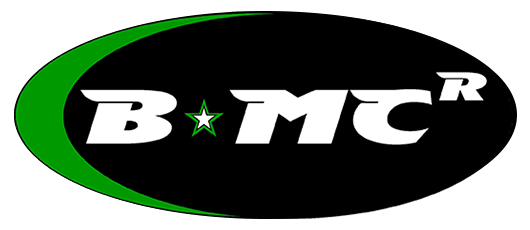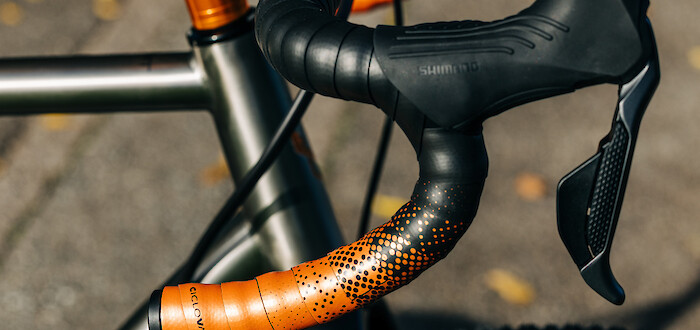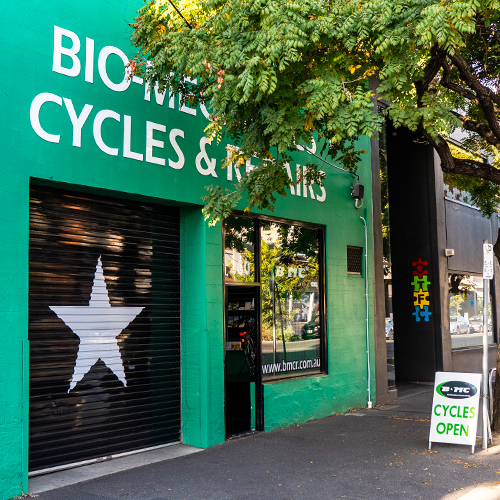Should I Wax My Bike Chain?


What does waxing your bike chain do, and is it worth it?
Chain-waxing. It’s been a huge trend in the bicycle world over the past few years, but why?
Devotees say that it means their cassettes (rear cogs) almost never wear out. Critics say it’s a rort.
Let’s take a look at it from a mechanic’s point of view, and see if waxing is all that it’s cracked up to be, or just a waste of your time and money.
What is chain waxing?
Basically, hot-melt chain waxing is where a chain is completely immersed in molten wax, then taken out and left to dry before being reinstalled on the bike. The wax forms a hardened coating which protects the drivetrain components, extending their lifespan and saving you money. Plus you don’t have to worry about any mess from chain lube or subsequent issues like brake pad contamination.
Although it’s gotten a lot of attention over the past few years, hot-melt waxing is actually not a new concept; cyclists have been doing the same with paraffin wax for many years, before bottled chain lubes – which are far more convenient – took over.
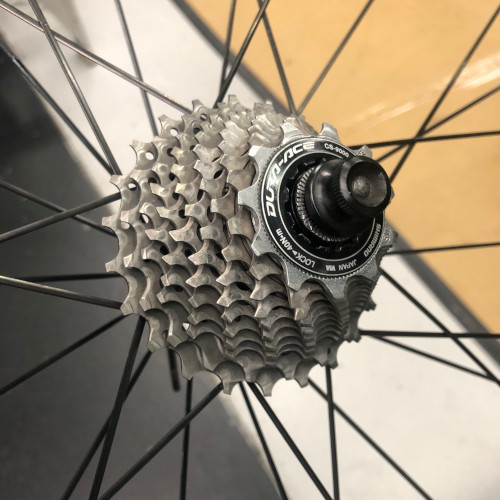
Bike chain wax versus drip-on lube -- what’s the difference?
Drip-on lube is, as the name suggests, a liquid product, designed to be applied to the chain. There are also different styles of drip-on lube (dry, wet or variations in-between) based on your riding conditions.
Unlike molten chain wax, which is applied as an immersion bath, bottled lube is dripped onto the chain, so you don’t need to remove the chain to apply it.
What does bike chain wax do?
Because your chain is completely immersed in liquid, hot-melt wax manages to get into every part of it, including the internal links. The hardened wax then forms a barrier to protect the chain against wear, and to stop dirt/gunk/grime working its way inside.
If applied correctly (and we’ll get to that in a minute), you can theoretically get 10,000kms out of your chain.
As another major benefit, your drive train will be nice and clean – you can remove the wax with hot water, rather than faffing about with degreaser, and there are no drippy/greasy lubes to worry about.
How often should I wax my chain?
This is the million-dollar question: how long does chain wax last?
Unfortunately, far less than you may think.
You should be rewaxing your chain every 150-200kms.
Yes, that’s right: 150-200kms. The earlier the better, too.
If you go past the re-waxing interval and just keep on riding, you will wear your chain out twice as quickly as normal. Why? Because once the wax is gone, you are running a *completely* dry chain on your gears. (It’s also noisy as hell, and your friends will hate you.)

Is chain wax better than chain lube?
A caveat before you fire off a cranky email: this blog post is simply our opinion. Bear in mind, however, that it’s an opinion based on real-world experience working with literally hundreds and hundreds of bikes with waxed and unwaxed chains.
It's also worth bearing in mind that we’re not trying to sell you a product.
Now that’s out of the way, here are the potential drawbacks of hot-melt wax.

The first problem is maintenance.
People love the idea of chain wax, and with good reason: a non-greasy drivetrain and long-lasting components sound great! Not many people, however, actually follow the correct re-waxing requirements and re-apply it as frequently as they need to.
Again, this isn’t speculation – this is what we have physically seen over and over again. The majority of bikes that come through the workshop which purport to have hot-met waxed chains have literally no lubricant on them. Those drivetrains are dry as a desert.

The second problem is performance.
Because a hot-waxed chain has wax inside the links, this reduces the amount of side flex. Less side flex equals a stiffer chain, which means that your gear changes won’t be as smooth, particularly while the wax is still fresh.
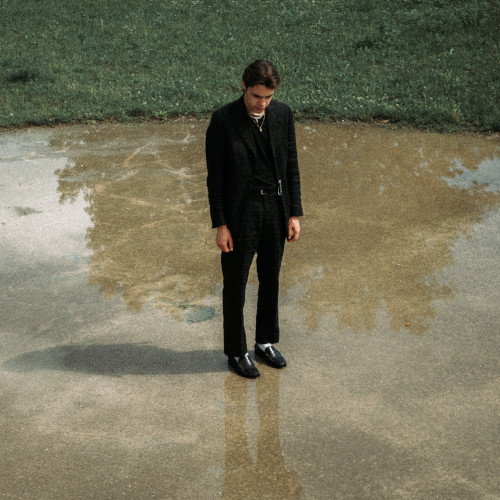
The third problem is noise.
How quickly we, the cycling community, have forgotten what a quiet chain sounds like (or doesn’t sound like, to be more precise). Not only is a hot-waxed chain initially less flexible, but it also doesn’t have a grease/liquid lubricant on it to help keep it quiet.
But does noise matter, really?
It does.
If you can hear your chain while you’re riding, that’s lost watts plus dollars falling by the side of the road. As with anything involving moving parts, remember: quietness is a sign of efficiency. (Cleanliness, on the other hand, has nothing to do with it.)
The window between having the chain full of wax (and not being very flexible) and a chain that is devoid of wax (and not being any good for your bike) is quite small, hence the required 150-200kms re-waxing schedule.

A final potential problem is the wax cooking time.
If you over-heat it or cook your chain for too long, the wax turns black and loses its lubricating qualities. You’ll have a chain that looks waxy, but is basically useless in regards to protecting against wear. Hurray! That's melted money.
The cult of chain wax
As people who deal with the practicalities of bikes rather than marketing spin, one thing that annoys us is the fetishisation of particular products. One of the biggest offenders is chain lube, with wax now falling into this category.
Devotees can potentially spend a lot of money on the product, but if they don’t use it properly (and many people just honestly don’t seem to know how) then they don’t get the expected bonuses out of it.
(Interestingly, however, they will defend it until the end of the earth. Sunk cost fallacy plays a large part here.)

Chain wax fans also talk up the properties of wax’s marginal gains. Marginal gains are awesome if you’re a racing professionally, but if you're an everyday cyclist considering moving across to hot-melt wax purely for this reason, the time and effort you have to go to to get those gains isn’t worth it.
Moreover, if your bike is already 97% efficient (that’s the beauty of the bicycle – it’s an almost perfect piece of engineering) and a hot wax company says that their product will make your bike 3% more efficient, that won't make your bike 100% efficient; it gives it an efficiency of 97.09% instead as it's a 3% increase on the remining 3%, not the 97% that's already efficient. (Yay, maths!)
The same goes for the cleanliness claim: a clean-running product is not necessarily a more efficient product. Imagine that your car mechanic said you had to change your oil every 150kms, but it’s better because makes the engine run more cleanly. Would you still do it?

So, is waxing a bike chain worth it?
If you’re prepared to be diligent about keeping an eye on your kilometres and religiously re-waxing your chain when required, then, yes, you’ll probably love it.
With hot-melt wax, you can enjoy a nice, clean drive train, but that’s not to say that it’s technically a better product compared to a drip-on lube -- it's just an alternative.
We also have a lot of triathletes who embrace it because they’re constantly packing down and reassembling their bikes when travelling for events, and not having to deal with a greasy, dirty chain is a huge bonus.
For most hot-wax cyclists, however, we find that customers are spending hard-earned cash on an expensive product and riding on a noisy chain which will rapidly wear out. It’s not a great situation for anyone except the people selling wax products.
(We also understand that this blog post may not actually change a waxer’s mind. For most fans, you’ll be prising the tubs out of their cold, dead hands. #wax4lyfe)
Basically, if you don’t keep an eye on your mileage, can’t be arsed hot-waxing every 150-200kms, or don’t remember to do regular maintenance, save your money and put it to better use elsewhere.
I'm not a hot-waxer, so what should I use?
Remember that cassette in the photo above? It’s Pete’s, and has done over 14,000kms on nothing but wet oil chain lubes (e.g. not a wax). These products have lost favour with the cycling public (mainly because of a huge push towards wax-based products) but there is still a genuine benefit to a high-grade oil-based lube if used correctly -- it's quiet, smooth and you can still get a huge life from your drive train.
We have tried many, many products over the years and have found a small selection of drip-on lubes that offer excellent performance. You don’t need anything pricey.
For a drip-on wax lube, in our experience Smoove lasts the longest compared to its competitors (but still needs to be applied frequently).
If you’re not likely to remember to lube your chain regularly, Rock N Roll Blue is a great starting point for most people and only costs around $15.

To sum up
As long as the product you’re using is made from high-quality constituents, and you are applying it at the correct intervals, then it really doesn’t matter what that product is -- hot-melt wax or drip-on lube.
The main thing is that you need to actually do the lubing. We ride to work every morning and our ears can attest to the number of commuters who wouldn't know a bottle of lubricant if it tried to cut them off in a 4WD.
As with all things, the most expensive product in the world isn’t going to work if you don’t actually use it.
Choose the right approach for your available time, and spend more time riding and having fun.
After all, that's the point, right?
Chain sounding grindy? Gears being funky? We'll get them sorted out.
